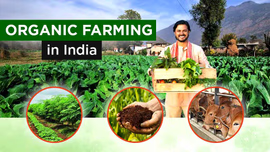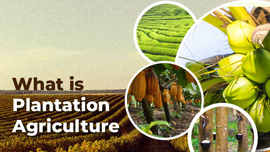Exotic Vegetables Cultivation in India: Popular Exotic Vegetables

Exotic vegetables like broccoli, baby corns and lettuce have started gaining popularity in India due to their unique flavours and high nutritive properties. People seek health-conscious dietary choices these days. But these vegetables are rare to grow and needs different soil and climatic conditions. Today’s blog explores the popular exotic vegetables found in India along with their uses, benefits and cultivation.
Table of Contents
- What are Exotic Vegetables?
- Why the Demand for Exotic Vegetables Increasing in India?
- What is the Exotic Vegetables Market Size in India?
- Exotic Vegetables List in India
- How to Cultivate Exotic Vegetables?
- How Profitable is to Cultivate Exotic Vegetables in India?
What are Exotic Vegetables?
Exotic vegetables, locally known as English vegetables, are non-native vegetables and are originally from colder countries. That is why, they are cultivated in cooler regions of North India and hilly areas of India. They need special conditions for their growth and are expensive because they are made in limited quantities. The prominent exotic vegetables consumed in India are button mushrooms, sweet corn, broccoli, red cabbage, zucchini, lettuce, asparagus, and cherry tomatoes which are used in many dishes, salads and garnishes.
Why the Demand for Exotic Vegetables is Increasing in India?
The increasing demand for exotic vegetables in India has several reasons in which the most important reason is the changing food habits due to more health consciousness and availability of international cuisines in Indian restaurants. The other reasons are the growth of organised food service sector, expansion in supply chain capabilities in Tier II cities, etc. The major states where exotic vegetables are in high demand are Goa, Maharashtra (Pune, Mumbai), Delhi and Gurgaon. These vegetables are now even demanded by the erstwhile non-consumers. As a result, the market for these vegetables is expected to grow in India.
What is the Exotic Vegetables Market Size in India?
The exotic vegetables market in India was USD 2.4 Billion in 2024. It is expected to reach USD 6.7 Billion by 2033, at the average annual growth rate of 11.45% between 2025 and 2033.
In 2021-22, the top exported countries in India were the UAE, Saudi Arabia, Qatar, Italy, the UK and the USA.
The key private players in the exotic vegetables market include Shreenath Agro Tech Pvt Ltd, Organic India, Green Earth Fresh Produce (Pvt) Ltd, and Yesraj Agro Exports Pvt Ltd.
Exotic Vegetables List in India
The most popular exotic vegetables found in India are listed below:
Broccoli
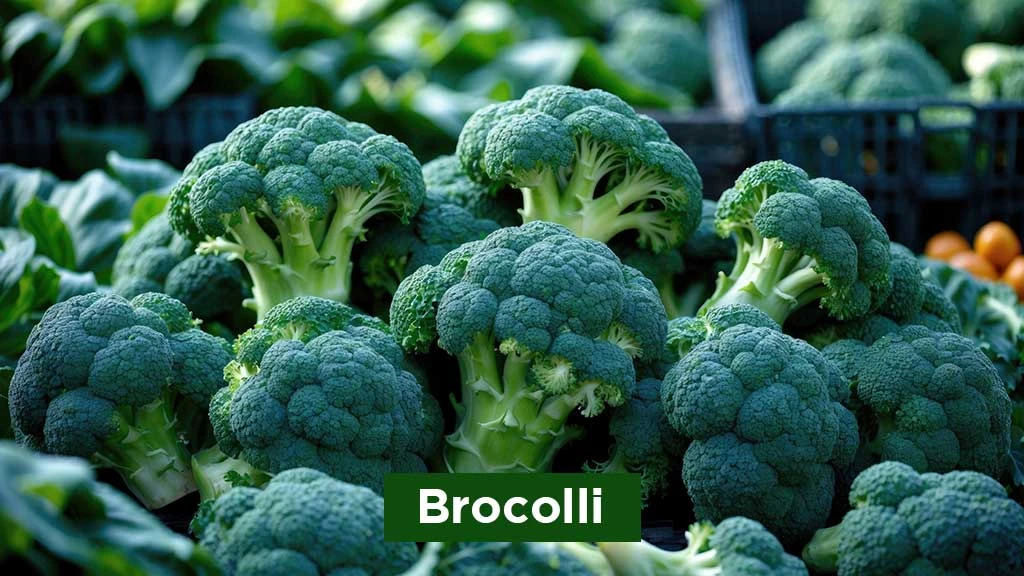
Broccoli is one of the most popular exotic vegetables that you can find in local Indian cuisines. It is mostly grown in Tamil Nadu and Gujarat. It is best grown in winters and in areas where there is less rainfall. They are excellent in improving overall immune system and is used in salads and garnishes.
Zucchini
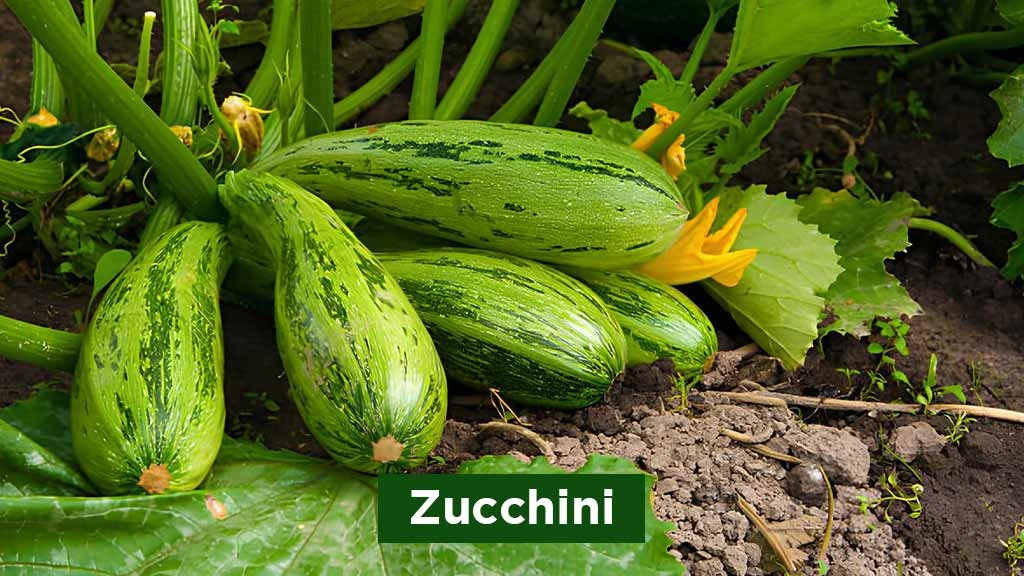
It is a summer crop and usually grown in North India. It belongs to the species of squashes and pumpkin. The fruit is cooked and served as a savoury dish or accompaniment.
Lettuce

Largely used as salads, in burgers and spring rolls, lettuce is hugely popular used as a digestive food. However, it is grown on a small scale in India usually in hydroponics system. The iceberg lettuce is majorly grown in the Nilgiri mountain of South India.
Asparagus
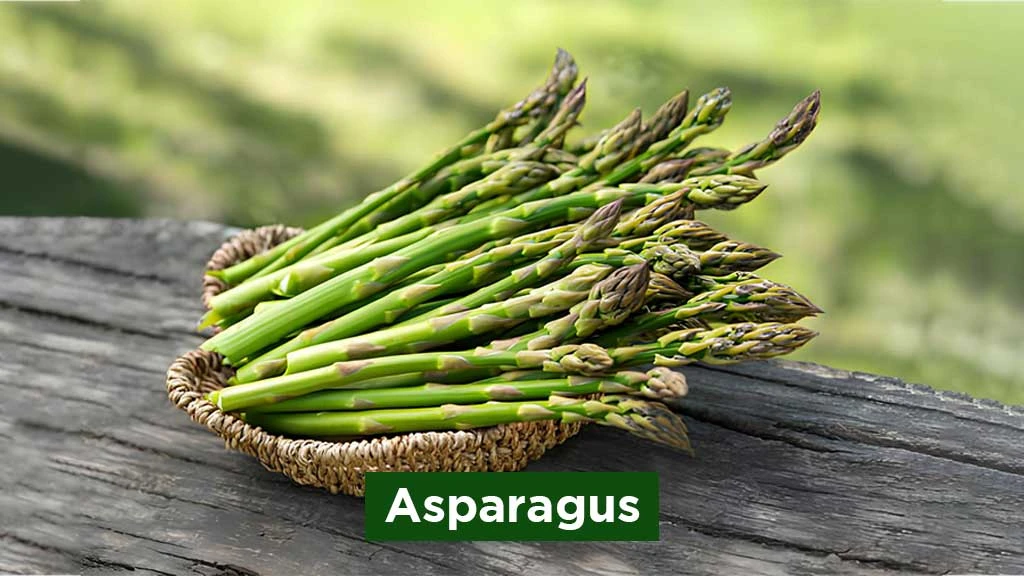
Asparagus is a cool season crop and is grown better in hills than plains. There are around 300 varieties of asparagus with only 20 as edible. It is rich in Vitamin A, K and C, Calcium and dietary fibre. It is a primary source of antioxidants.
Coloured Capsicum
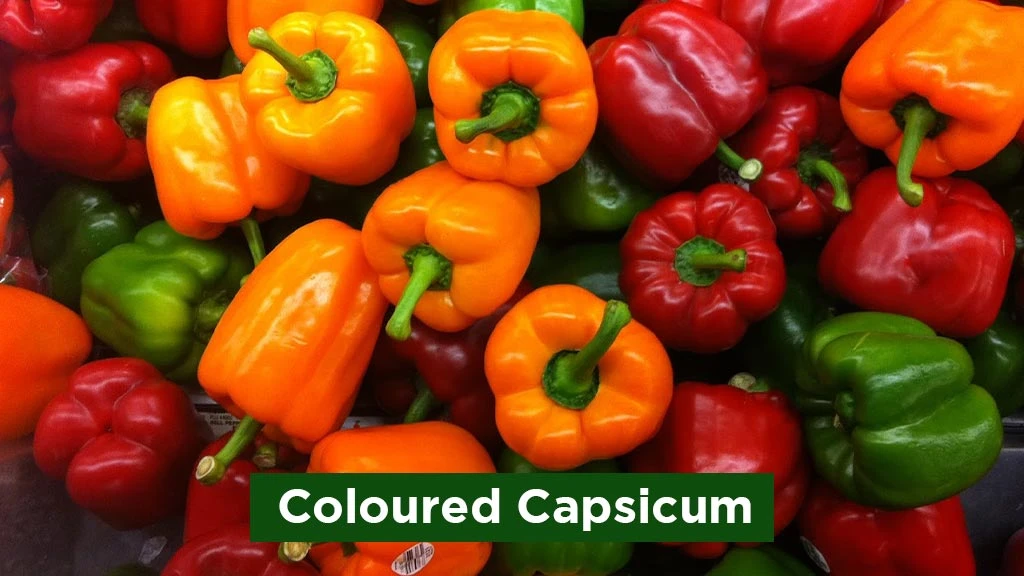
It is a non-pungent variety of bell pepper and is available in red, yellow and orange colours. Late monsoon sees the sowing of seeds so that it can be harvested in winters. It grows on a large scale in Karnataka, Himachal Pradesh, Uttar Pradesh and Goa.
Red cabbage

This variety of cabbage comes with distinct purple-red pigmentation. They are known for their rich source of anthocyanin. It is rich source of natural colourants used in candies and chewing gums. It is also served as raw and cooked.
Cherry Tomato
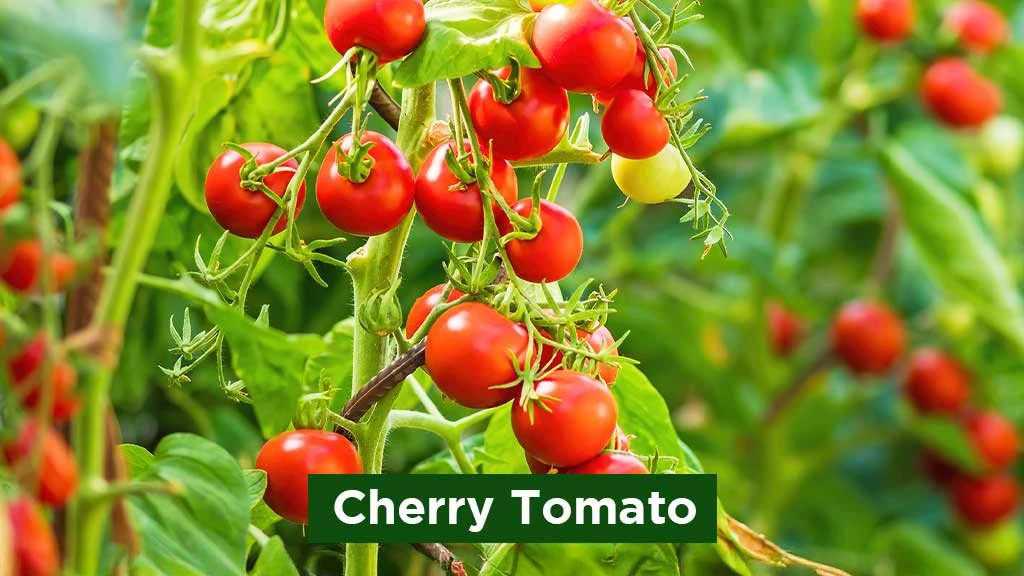
It is a small distinct tomato variety considered as a different vegetable. The plant is weak and is harvested in bunches during harvesting season. It needs a support of a trellis. Punjab, Uttar Pradesh and Bihar are the major producer of cherry tomatoes in India.
Parsley
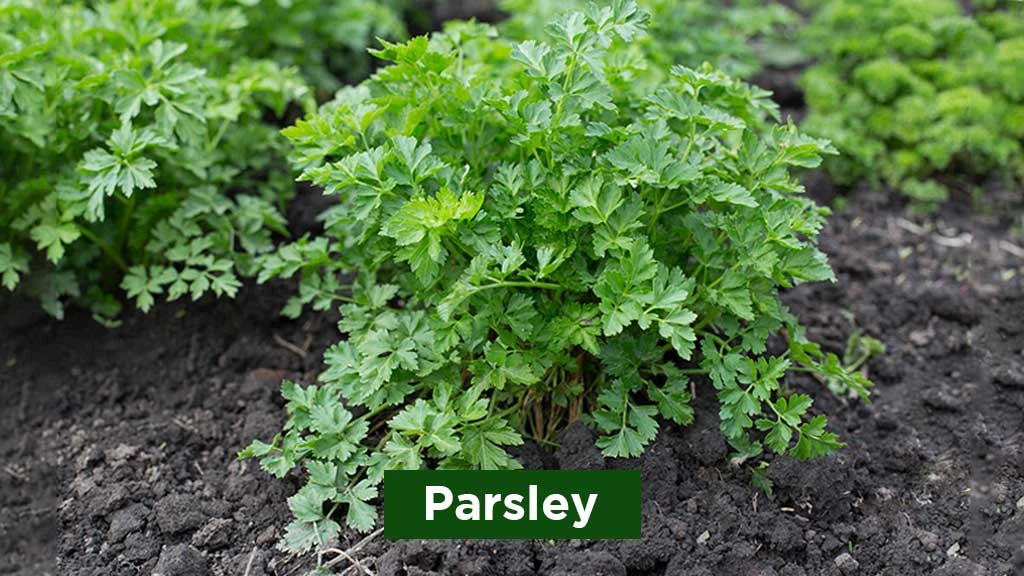
It is a popular medicinal and culinary herb known for its rich antioxidants and disease preventing properties. It is also used to garnish salads and sandwiches. It takes 6-8 weeks to be ready for market. In India, it is grown in peri-urban areas. It is grown as a minor crop in Punjab, Himachal Pradesh and Uttar Pradesh and in Nilgiri hills and Ooty in southern region.
Celery

Celery is not only used in soups and salads for consumption but also its oil is used in perfume industry. It takes 4 to 5 months from seed sowing to harvest. It is usually grown in Punjab, Himachal Pradesh, Tamil Nadu, Karnataka and Kerala as vegetable, condiment and medicines.
Pak-Choy

It is a Chinese cabbage variety which has dark, smooth and tasty green leaf blades. It is also called Bok-chou and can be harvested in 60 to 70 days from seed sowing.
How to Cultivate Exotic Vegetables?
The most commonly adopted method to grow exotic vegetables is the polyhouse farming, which is a type of protected cultivation. Polyhouse farming is one of the most preferred methods in urban areas where the land to grow vegetables is limited and it helps meet the growing local demand for exotic vegetables in India.
Polyhouse farming is ideal for cultivating high value- low volume crops. Cherry tomato, capsicum, gherkins, zucchini, parthenocarpic cucumber are some of the most widely cultivated exotic vegetables under polyhouse farming for higher returns.
Crop cycle under polyhouse method depends upon the climatic condition, market demand, type of exotic vegetable and type of polyhouse method (naturally ventilated or partially controlled). That is why, the time of transplanting exotic vegetables is flexible. For instance, cherry tomato can be transplanted from mid-September to November’s first week and accordingly can be harvested till March to May under North Indian conditions.
While constructing a polyhouse for cultivating exotic vegetables, following points should be kept in mind:
- Aerodynamic shape and design along the periphery to withstand stalk and wind effects.
- Fan to pad distance should be restricted to 40 m otherwise cooling uniformity will not be attained in fan and pad system.
Exotic vegetables when cultivated under protected farming offers three to ten times higher productivity than open cultivation methods. Additionally, it offers advantages such as increase in vegetable production, water saving, year-round production, and are environment friendly.
How Profitable is to Cultivate Exotic Vegetables in India?
The demand of exotic vegetables in India has been increasing day by day due to changing food habits, lifestyle and globalization. Exotic vegetables are of high value compared to traditional vegetables, that is why, these vegetables are highly profitable to grow. In India, the exotic vegetable market is growing at the rate of 15-20% per annum, and the country is importing more than 85% of its exotic vegetables. Also, 50% of the flower cultivating farmers have shifted to the exotic vegetables’ cultivation. In India, these vegetables are creating new opportunities for farmers and transforming the agricultural landscape. There is a respective benefit cost ratio (BCR) of different vegetables like bell pepper has 2.70 BCR, cherry tomato has 1.82 and so on. So, the profit will vary as per the vegetable.
Over the last 5 years, farmers and agri-entrepreneurs have increasingly turned to growing exotic vegetables due to realisation of high profit potential for domestic and international markets. So, growing these vegetables can create a vast difference in the profit for farmers and we can say that it is a highly profitable business for them.


Related Blogs

